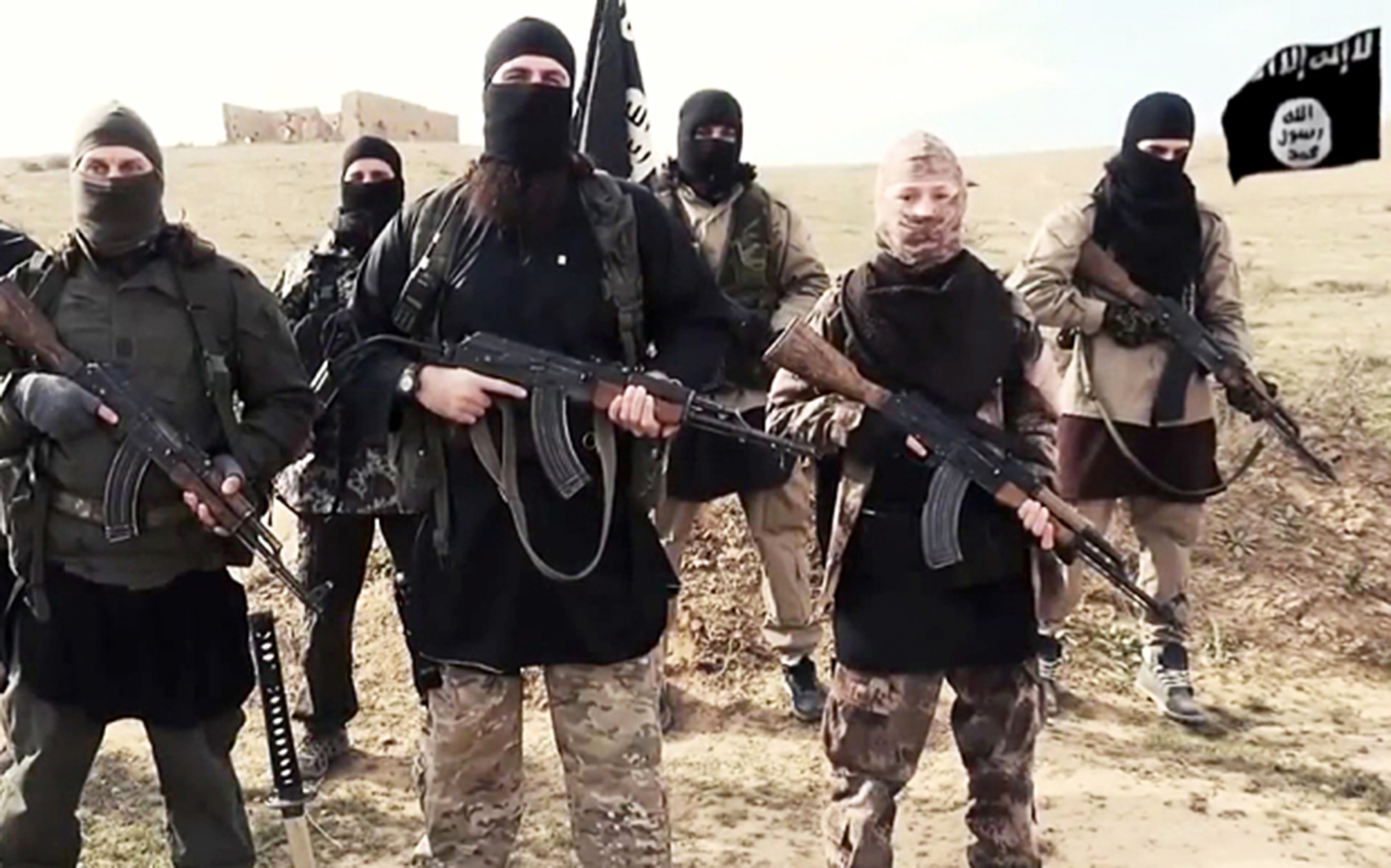1 November 2016 – Vancouver, CA
by Stewart Webb

At the time of writing this, Iraqi forces are preparing to enter the city of Mosul. ISIS-held territory is slowly being reclaimed by Iraqi and Kurdish forces in Iraq and ISIS positions in Syria have been targeted by Russia, the Syrian government and the various factions of the Syrian rebels. Much of the media’s attention has been surrounding what will happen in Mosul. This will bethe largest urban operation for Iraqi forces and vehicle-born improvised explosive device (VBIED) attacks have increased as the army draws closer to the city. It is believed that ISIS has created a network of tunnels through the city that will allow for ambushes and the quick escapes of the insurgents.
Aside from the immediate operational concerns, there has been speculation of the fate of the ISIS’s foreign fighters. This has mostly played out in the North American or European political arenas. Some, including Donald Trump, have asserted that a ‘wave’ of ISIS foreign fighters will hit Europe and North America once Mosul and/or ISIS falls. Obviously, this assumes that ISIS fighters will be able to flee the besieged city, and be able to successfully pass through customs and security checks. Counter-terrorism does not stop at the battlefield, but also involved local police and security officials.
However, there is a history of migrating jihadist insurgent. Many of the original Arab mujahedeen left Afghanistan to fight in Bosnia, the Philippines and even back to Iraq and Afghanistan in recent years. The removal of the Gadhafi regime led to the migration of ethnic Tuaregs, but also Islamic extremists aligned with al-Qaeda. This ultimately led to the destabilization of Mali in 2012. The migrating jihadist concern is well-founded, but also skewed because of the attacks in Paris where ISIS affiliates were able to successfully enter Europe and killed 130 people and injured an additional 368. However, that was a planned attack that was sanctioned by ISIS and not succeesful ISIS fighter migrants. The reality would be that many of these ISIS fighters would find a calling to join the next insurgency and to provide their skill set and experience. Their recruiters would acknowledge that border security services back home would be on the alert for them and assert that they would do greater good abroad than at home. Therefore many would venture forth to the next theatre, but a few would attempt to come back. It would not be a flood, but maybe a trickle.
The ISIS Curse for the Foreign Fighter
There have been many estimates as to how many foreigners have travelled abroad to join ISIS and those estimates believe that tens of thousands have joined the group. The concern that ISIS will open up the flood gates and allow these foreign fighters to travel abroad whether to Europe, North America or to another insurgency in North Africa and Afghanistan may not actually happen to the degree that some fear, especially those fears of Donald Trump. Even though tens of thousands of foreigners have joined ISIS ranks, anti-ISIS efforts by multiple armed factions have assured that many have not survived.
Oddly enough, the reality is that ISIS has actually mitigated the migrating foreign fighter threat that we are worried about. The ongoing Mosul operation is a prime example. US Major General Gary Volesky recently stated that the ISIS leadership has fled from Mosul and that has left the majority of the foreign fighters to fend for themselves in the city.
Foreign fighters have become a liability for ISIS. It has been well-known that the ISIS hierarchy has been split along lines of nationality. One of the most illuminating articles has been written by Vera Mironova and Mohammed Hussein in Foreign Affairs entitled The Downfall of ISIS. In it, Mironova and Hussein outline that middle-ranked administrative positions have been held by North Americans and Europeans. While Native Arabs occupied lowered and top echelon positions and Central Asians have been primarily used as suicide bombers in the past. Moreover, Mironova and Hussein highlight something that has been brought up by other on the ground analysis that foreign fighters have been seizing weapons and resources and therefore denying those resources from local ISIS fighters and also creating their own checkpoints and then tax and seize goods for their own behalf.
This has not been an isolated occurrence and has been indicative across Iraq. Ultimately, this has weakened their overall defence and and cohesiveness. Foreign fighters have appropriated the best weapons and then have extorted the populations that ‘they’ control. This is weakening ISIS. Local fghters have had to scrounge for supplies and ISIS has been denied a source of income as these foreign fighters are stealing from their coffers.
One of the driving factors for this behaviour is that all ISIS fighters have been denied the ability to flee. Since 2014 ISIS has not permitted the travel of its fighters, according to documents analysed by West Point’s Combating Terrorism Center. Those caught have been imprisoned, executed or both. By denying the movement of foreign fighters in besieged areas makes them obvious targets. Whether it is in the ensuing battle or the cleanup operation to ensure that ISIS fighters are not hiding among the civilian population. Local ISIS fighters have the advantage of being able to melt into the local population that foreign fighters do not, and not just because of ethnicity but because of local knowledge and of course dialect.
Moreover, because some foreign ISIS fighters decide to create their own mini-fiefdoms with self-appropriated supplies, these fighters become isolated and exposed targets. It may seem to these fighters that they are looking out for themselves, but because they operate outside any local ISIS command-and-control structure – they create a disjointed, crumbling element to any defence. Foriegn fighters know that they cannot flee, but are looking out for themselves in the short-term. They will create a small fiefdom, seize weapons and supplies and carried out that last stand for themselves and do so on their own terms. ISIS leadership has to have recognised this by now, but because of the military pressure that has been imposed on them by the Iraqi forces, the Kurdish Peshmerga, and everyone else – it is a set back that they have to live with.
The ISIS degradation campiagn has aimed to localise the ISIS threat. The irony is that ISIS has localised, isolated and disenfranchised the threat that our politicians are worried about the most. In short, the great ISIS migration may not occur and the flood to Europe and North America will not happen, but we should still be concerned and vigilant.
Feature Photo: ISIS foreign fighters – Wikimedia Commons, 2016
Inset Photo: ISIS-held territory (in red) as of 21 October 2016 – Wikimedia Commons, 2016
DefenceReport’s Analysis is a multi-format blog that is based on opinions, insights and dedicated research from DefRep editorial staff and writers. The analysis expressed here are the author’s own and are separate from DefRep reports, which are based on independent and objective reporting.


